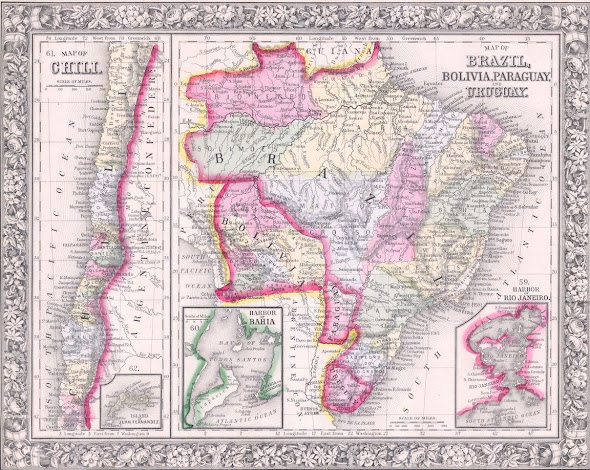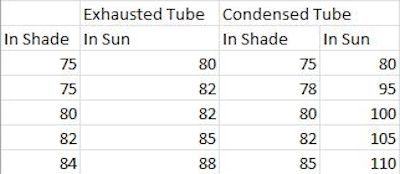The Rise of Steam
The Rise of Steam—The Steam Rises
The theory of using
steam to run an engine was more than 100 years old by the time it came into
widespread use. The theory is simple; water is heated to create high pressure
steam injected into a cylinder, pushing a piston up and down or back and forth.
The piston is connected to a shaft, which then moves to turn a propeller, a
wheel on a locomotive, or some useful machine motion. Much more efficient
engines could have been designed much earlier, however, metal fabrication and
machining technology had not advanced far enough to have built better designs.
As metal working skills
improved, designs for boiler shapes, piston connections, and even how the steam
engine was positioned, quickly improved. By 1848, steam technology moved
forward so quickly, riverboats and locomotives were replaced every three to five
years. It simply was not worth repairing them compared to technology
improvements.
Early steam engines
burned wood. Demand for coal rose steeply as steam engines became
more widespread, used to run everything from printing presses and looms to
ships and trains. Pound for pound, coal burned hotter and quicker and was
easier to obtain and store than wood. Coal was soon to be found crucial to another nascent aspect of
technology—the Bessemer steel process. Today, the terms “iron” and “steel” are
used interchangeably. Then, it was not so. Steel is much more difficult to make
than wrought iron, which I’ll explain in a different section of this history.
The fortuitous geology
placing iron ore and coal fields close to each other spurred the pre and post-Civil
War industrial boom around Pittsburgh.
Widespread coal mining
and transportation founded large companies and with them, large new fortunes. Corporate
law specialists--among them, a young lawyer named Abe Lincoln-started to define
issues of corporate liability and stock holders’ rights.
(Much as (IP) Intellectual
Property lawyers have proliferated in the age of the internet.)
Poor training, corporate
greed, sloppy maintenance, and inexperienced or careless engineers combined
with the relatively poor strength of wrought iron compared to steel, to produce
frequent deadly boiler explosions.
In the ironic poor
timing department: the New
Orleans Picayune reported a young engineer had developed a steam
engine safer, and less expensive to operate. In an early version of Shark Tank,
he showed his invention to potential investors. The newspaper commented, that
while safety was important, it was likely businessmen were more attracted to
the design’s lower operating costs. The only problem? The inventor showed his
potential investors the prototype in December 1860, the month when South
Carolina seceded.






Comments
Post a Comment